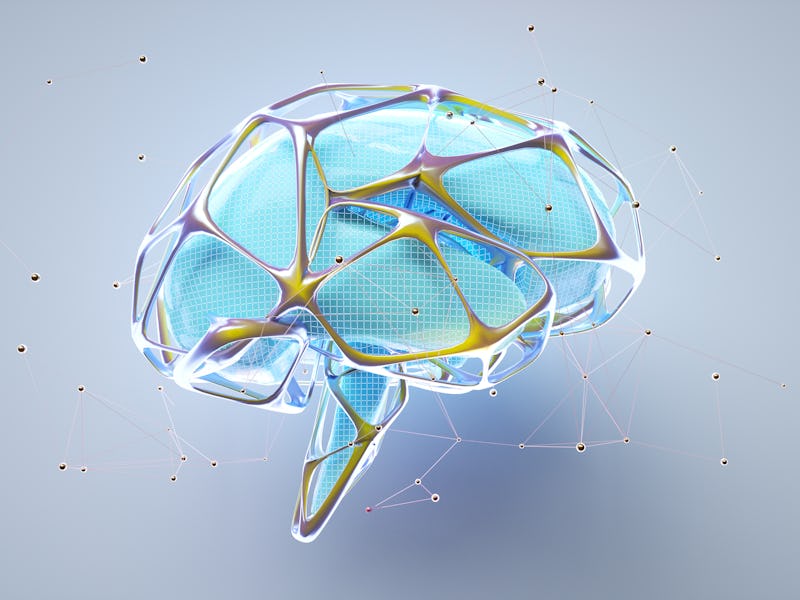This Newly Identified Brain Circuit Could Be Key to Treating PTSD
Neuroscientists discovered a brain circuit that could be a prime target for neuromodulation therapy.

Post-traumatic stress disorder (PTSD) afflicts some 30 percent of trauma survivors and military combat veterans, one 2015 paper estimates. And despite an increase in interest and research in the past couple decades, scientists still don’t fully understand the cause, or how to treat it. A new study, however, identified a brain circuit that could be ripe for PTSD treatment.
Neuroscientists in Massachusetts, Rhode Island, North Carolina, California, and Illinois found that those with damage connected to their amygdala were less likely to develop PTSD. The researchers then hypothesized that there must be a circuit that protects against PTSD when damaged. They detail these findings in a new paper published today in the journal Nature Neuroscience.
“This is a very real brain disease, and we can localize it to certain brain circuits,” corresponding author Shan Siddiqi, a psychiatrist in the Brigham and Women’s Hospital Center for Brain Circuit Therapeutics and an assistant professor of psychiatry at Harvard Medical School, said in a press release. “Unfortunately, people sometimes assume PTSD has to do with how mentally strong or weak a person is, but it has nothing to do with moral character.”
Led by researchers at Brigham and Women’s Hospital in Boston, the team evaluated 193 military veterans with penetrating traumatic brain injuries. Comparing veterans with and without brain injury, they found that penetrating head trauma was linked to lower prevalence of PTSD symptoms. From there, they mapped a brain circuit that demonstrates the relationship between trauma location and the probability of PTSD development. This newly mapped circuit offers a critical target for less invasive neuromodulation techniques like transcranial magnetic stimulation.
While prevailing treatments include medication and therapy, lately experts have been exploring neuromodulation — targeted chemical or electrical stimulation that affects nerve activity — as a remedy. For example, a 2020 paper indicates that laser ablation to the amygdala, the brain’s fear center, can provide relief to PTSD symptoms. But neuromodulation can be invasive, and requires a precise target.
“One of the big gaps for developing a brain stimulation treatment for PTSD is identifying the correct therapeutic target,” senior author Michael Fox, director of Center for Brain Circuit Therapeutics, said in a press release.
Siddiqi says that since this study only looked at veterans, the findings would need to be replicated in non-veterans with PTSD to see if the same results hold. Right now, though, its at least a first step towards a potential therapeutic target to treat PTSD.